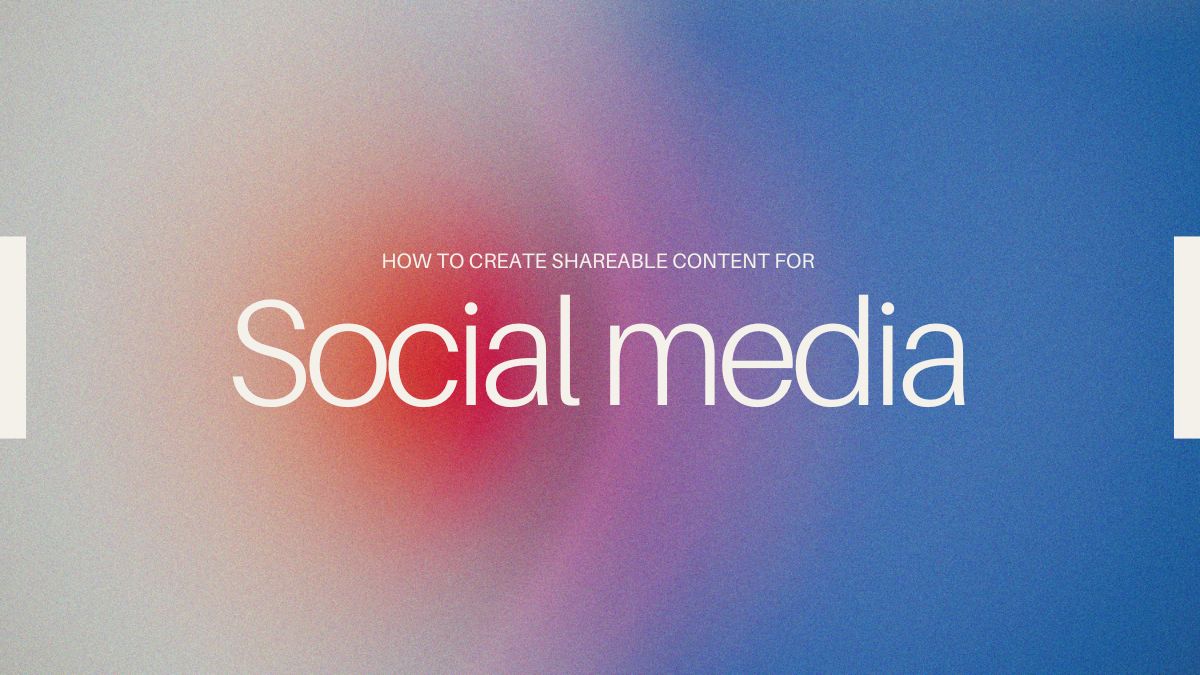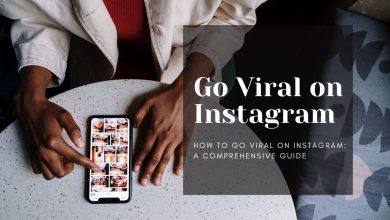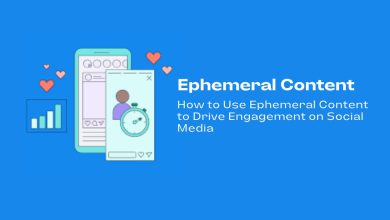
In today’s digital world, you must create shareable content. It should resonate with your audience. This is key to expanding your reach and boosting engagement. Shareable content amplifies your message. It builds brand awareness and drives traffic to your website or social media. But how do you craft content that people want to share? This guide will explore the best ways to create shareable, standout content for social media.
Understanding Shareable Content
Before diving into the how-to’s, it’s important to understand what makes content shareable. Shareable content is engaging, relevant, and valuable to your target audience. It often evokes emotions, provides solutions, or offers entertainment. Essentially, it’s content that people feel compelled to pass along to their friends, family, or followers.
Characteristics of Shareable Content
Emotional Appeal: Content that elicits strong emotional responses—such as joy, surprise, sadness, or anger—is more likely to be shared. Emotional content often resonates more. It encourages sharing with others who might feel the same.
Relevance: Content that addresses current trends, news, or topics of interest to your audience is more likely to be shared. It should align with the interests and concerns of your target demographic.
Value: Provide valuable information, insights, or solutions that are useful to your audience. This could be in the form of educational content, how-to guides, or practical tips.
Visual Appeal: High-quality visuals, such as images, infographics, and videos, are more engaging and shareable than plain text. They grab attention and make the content more appealing.
Uniqueness: Original and creative content that offers a fresh perspective or new information stands out from the crowd and is more likely to be shared.
Brevity and Clarity: Content that is concise and easy to understand is more likely to be consumed and shared. Avoid long-winded explanations or overly complex language.
Strategies for Creating Shareable Content
1. Know Your Audience
Understanding your audience is the first step in creating content that they will want to share. Conduct research to identify their preferences, interests, and pain points. Utilize social media analytics, surveys, and feedback to gain insights into what resonates with them.
Tips:
Create audience personas to better understand your target demographic.
Monitor social media trends and conversations relevant to your industry.
2. Craft Compelling Headlines
A catchy and engaging headline is essential for grabbing attention and encouraging shares. Headlines should be intriguing, clear, and convey the value of the content.
Tips:
Use power words that evoke emotions or curiosity.
Keep headlines concise and to the point.
Incorporate numbers, questions, or strong adjectives to make headlines more compelling.
Examples:
“10 Surprising Benefits of Daily Meditation”
“How to Save Money on Your Next Vacation: 7 Expert Tips”
3. Utilize Visual Content
Visual content is more likely to be shared than text alone. Use high-quality images, infographics, and videos to make your content more engaging.
Tips:
Use eye-catching visuals that complement the message of your content.
Incorporate branding elements, such as logos or color schemes, to enhance brand recognition.
Create shareable formats, such as infographics or slide decks, that provide value in a visually appealing way.
Examples:
Infographics that summarize complex information in an easy-to-digest format.
Videos with entertaining or educational content that captures attention quickly.
4. Provide Valuable and Actionable Insights
Content that offers practical value or solutions to common problems is more likely to be shared. Focus on providing actionable insights that your audience can implement.
Tips:
Create how-to guides, tutorials, and checklists that offer step-by-step instructions.
Share tips, hacks, or industry secrets that your audience will find useful.
Ensure the content is well-researched and credible.
Examples:
“The Ultimate Guide to SEO for Beginners”
“5 Quick Tips to Improve Your Social Media Engagement”
5. Leverage User-Generated Content
Encouraging your audience to create and share brand-related content can greatly expand your reach. User-generated content (UGC) serves as social proof and fosters a sense of community.
Tips:
Run contests or challenges that encourage users to share their own content.
Feature user-generated content on your social media profiles or website.
Engage with users who create content related to your brand by liking, commenting, or sharing their posts.
Examples:
“Share Your Best Travel Photos with Our Hashtag for a Chance to Win!”
“Check Out How Our Customers Are Using Our Products in Their Daily Lives”
6. Use Storytelling
Storytelling is a powerful tool for creating emotional connections with your audience. Craft stories that resonate with your audience’s experiences, values, or aspirations.
Tips:
Share personal anecdotes, case studies, or customer success stories.
Create narratives that highlight the impact or benefits of your products or services.
Use a relatable tone and voice to make the story more engaging.
Examples:
“How One Customer Transformed Their Life with Our Fitness Program”
“The Journey of Our Startup: From Idea to Success”
7. Optimize for Social Sharing
Make it easy for your audience to share your content by optimizing for social sharing. Include social sharing buttons and encourage your audience to share.
Tips:
Add social sharing buttons to your blog posts, articles, and web pages.
Include a clear call-to-action (CTA) that encourages sharing.
Use social media optimization tools to schedule and promote your content.
Examples:
“If you found this guide helpful, share it with your friends on social media!”
“Click the share buttons below to spread the word about our latest product!”
8. Engage with Your Audience
Building relationships with your audience can increase the likelihood of content sharing. Engage with your followers by responding to comments, messages, and mentions.
Tips:
Promptly reply to comments and messages to foster engagement.
Ask questions or start discussions to encourage interaction.
Show appreciation for shares and mentions by thanking your audience.
Examples:
“Thanks for sharing our post! We’re glad you found it helpful.”
“What do you think about this topic? Share your thoughts in the comments below!”
9. Analyze and Iterate
Regularly analyze the performance of your content to understand what works and what doesn’t. Use insights from social media analytics to refine your content strategy.
Tips:
Track metrics such as shares, likes, comments, and engagement rates.
Analyze which types of content perform best and why.
Adjust your content strategy based on performance data and audience feedback.
Examples:
“Our most shared posts last month were infographics and how-to guides. Let’s create more content in these formats!”
“Posts with emotional appeal received the highest engagement. We’ll incorporate more storytelling in future content.”
Conclusion
You must create shareable content. It’s key to maximizing your social media reach and engagement. Know your audience. Write catchy headlines. Use visuals. Share valuable insights. Do this to create content that resonates and gets shared. Use user-generated content, storytelling, and social sharing. This will boost your content’s shareability. Regularly analyze your content’s performance. Use the insights to improve your strategy and results. These strategies will help you create content that grabs attention and gets shared on social media.




